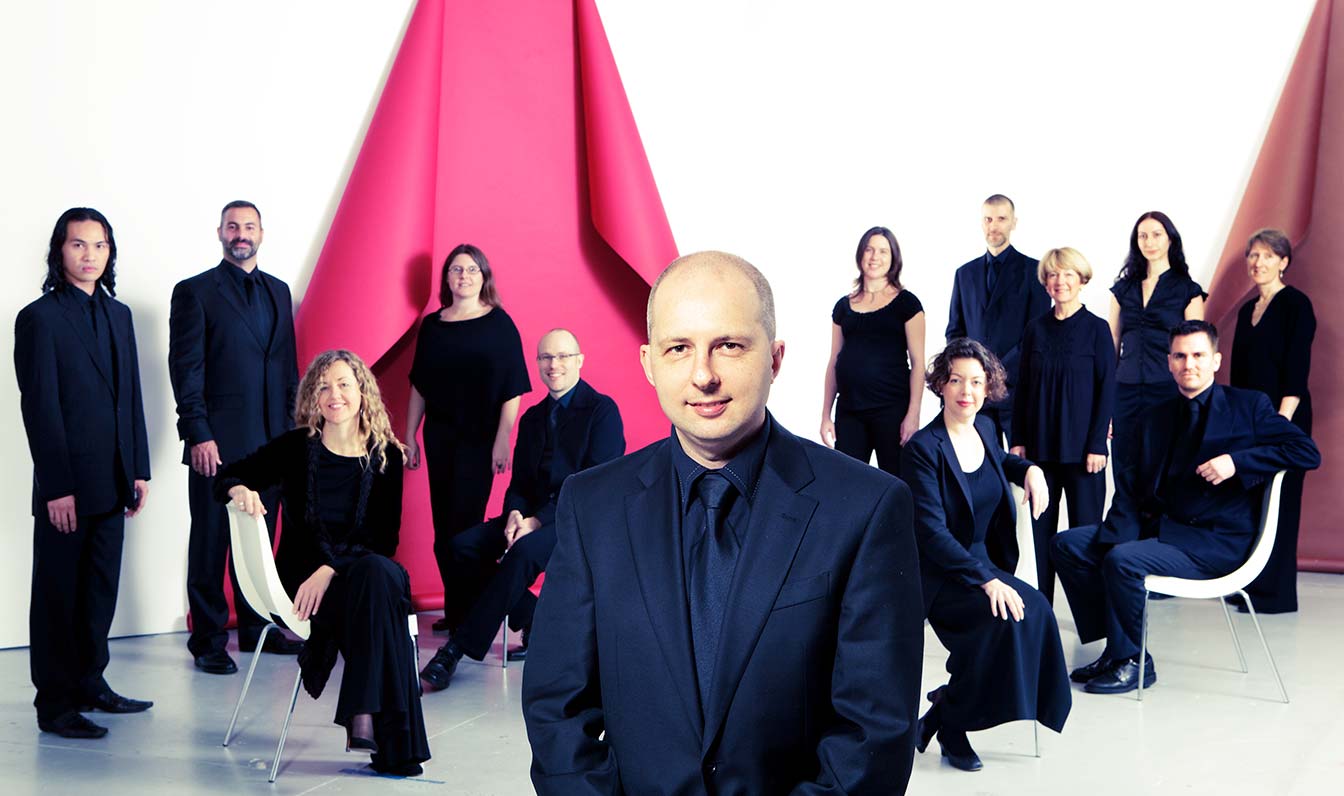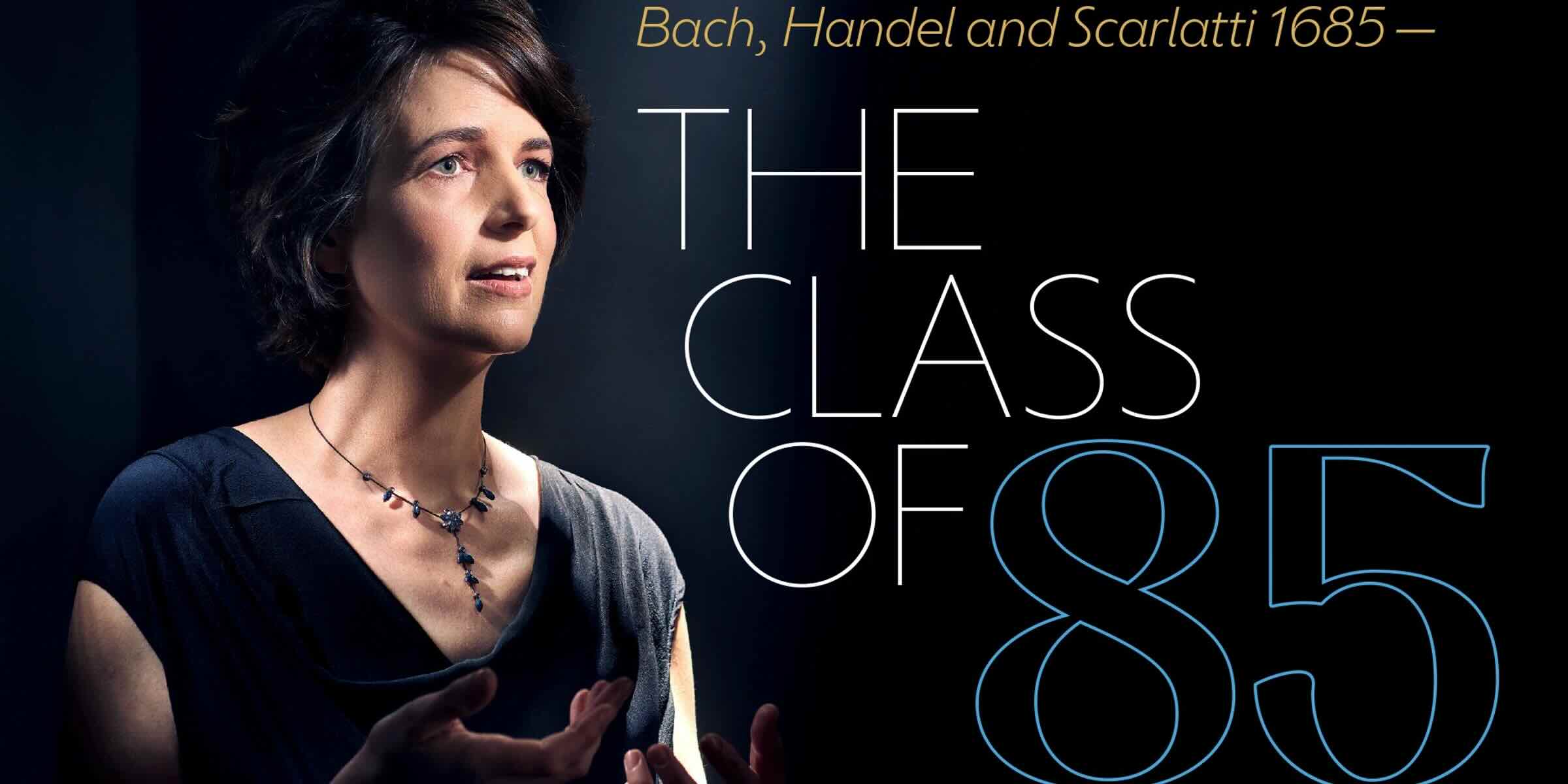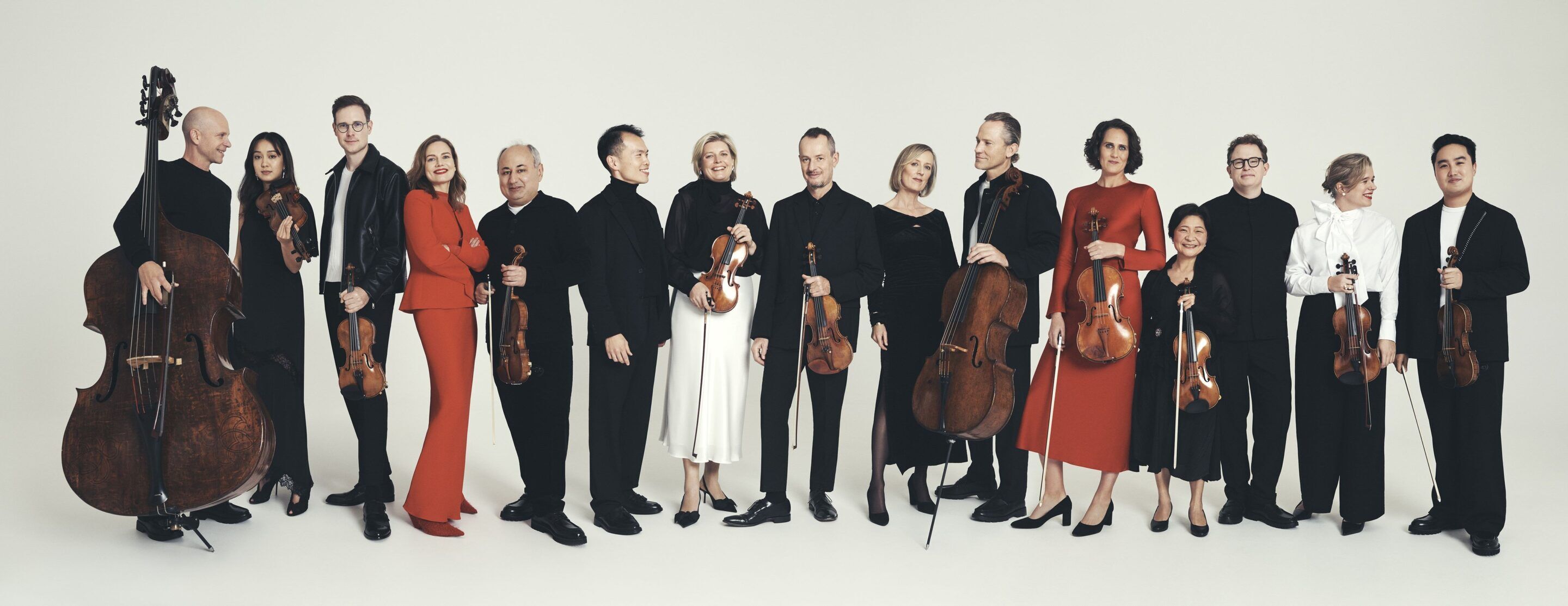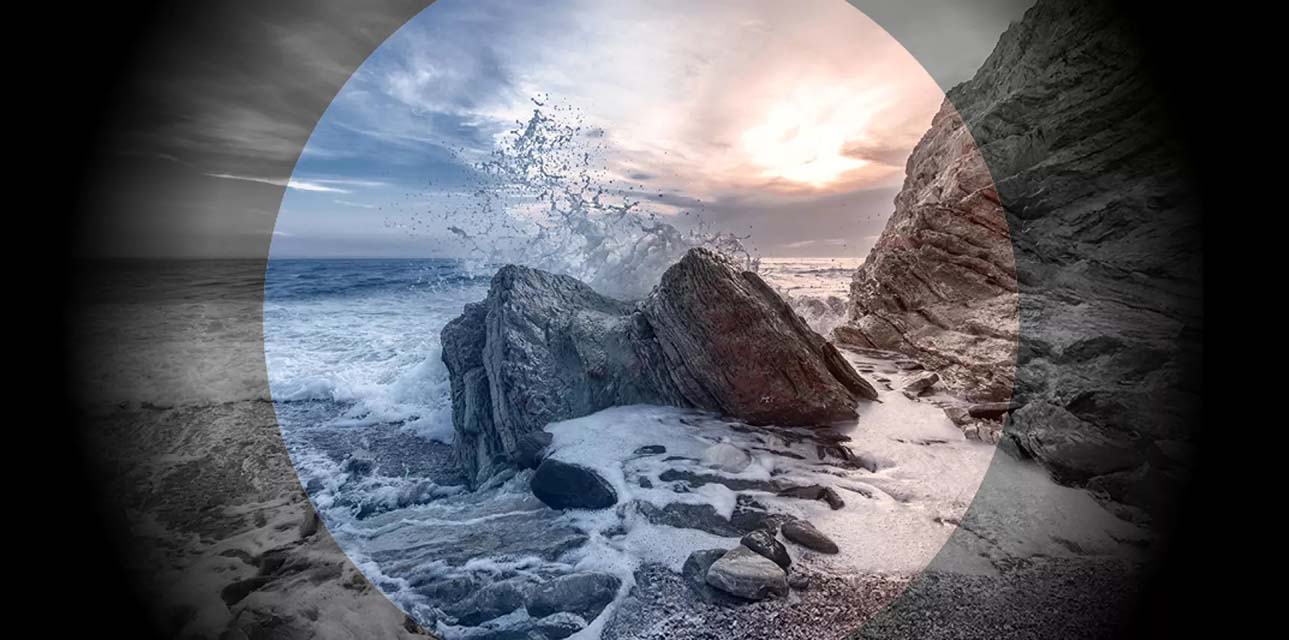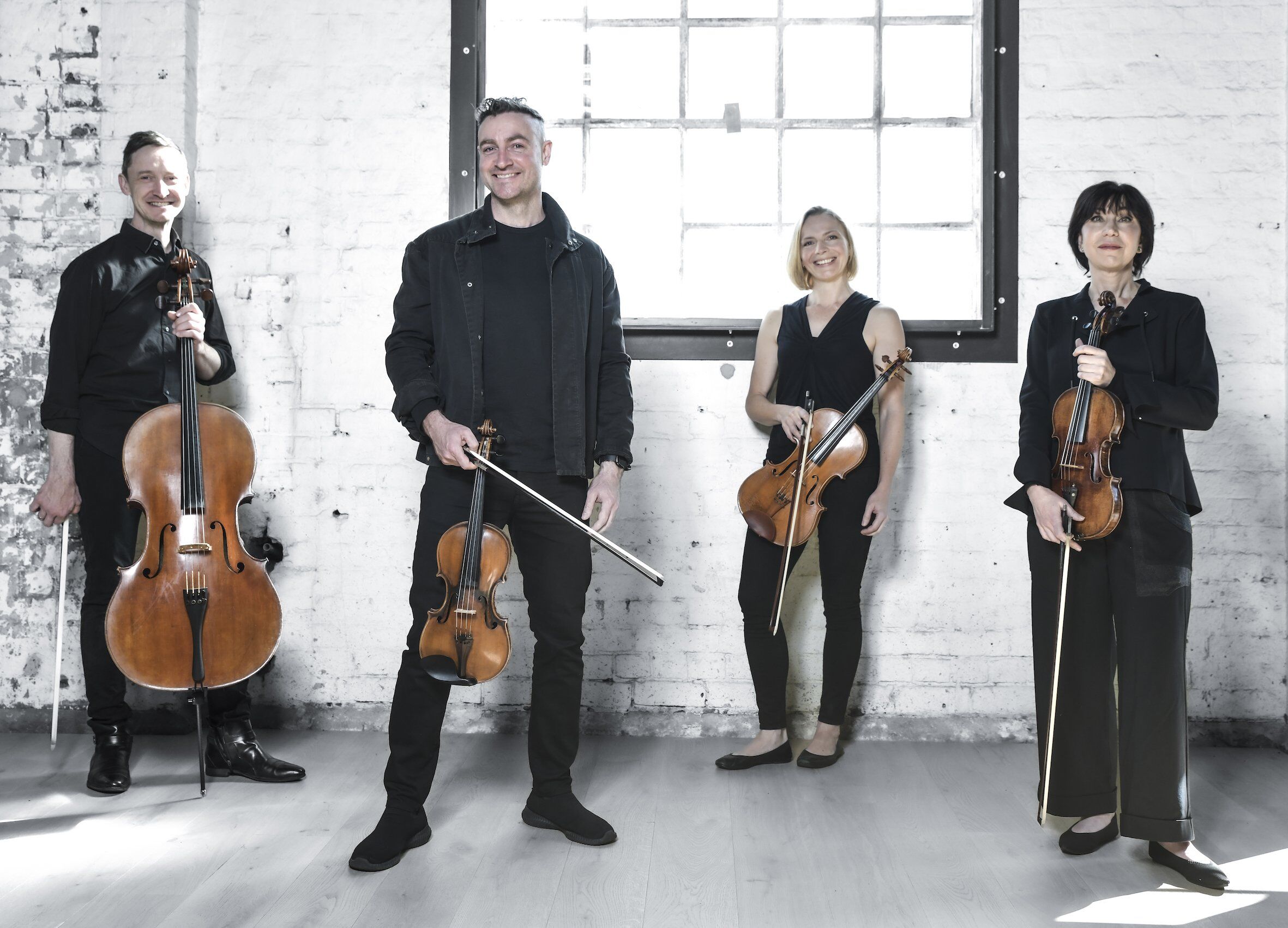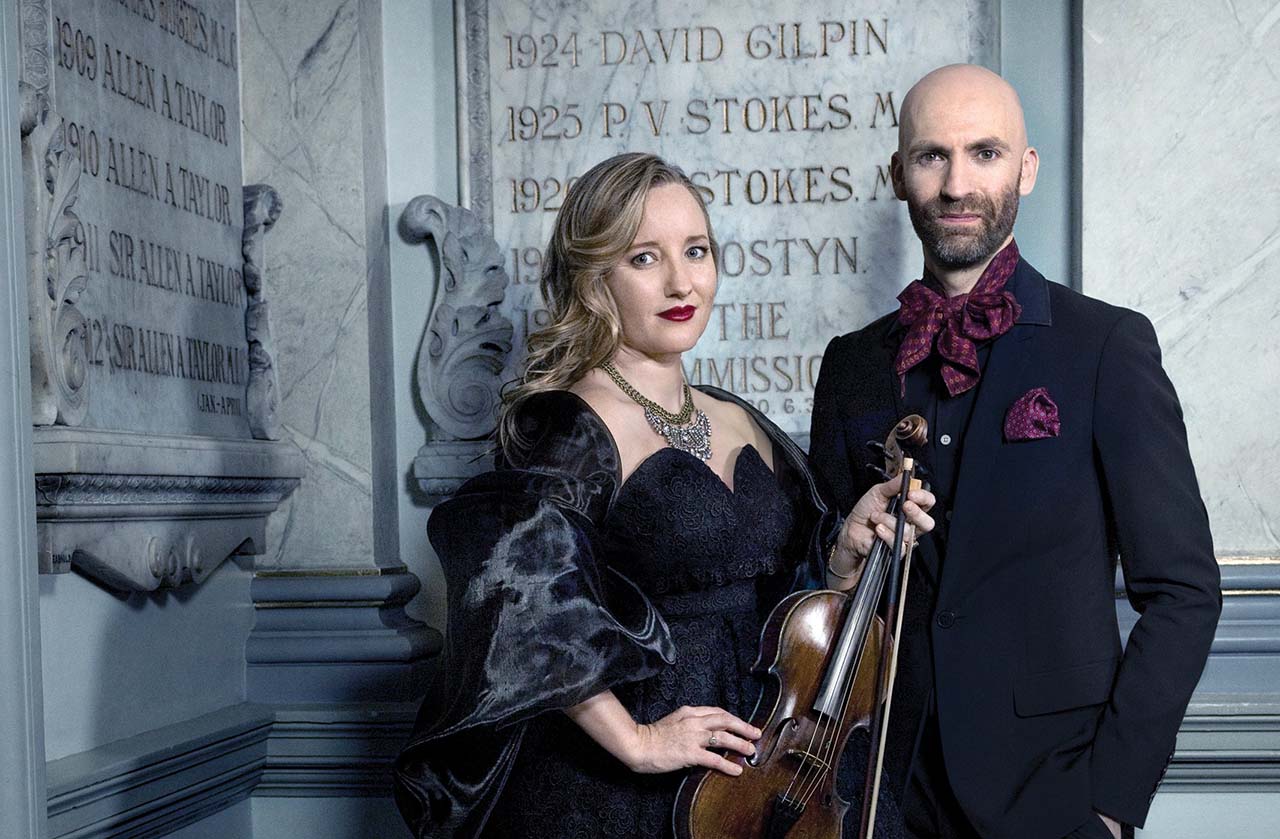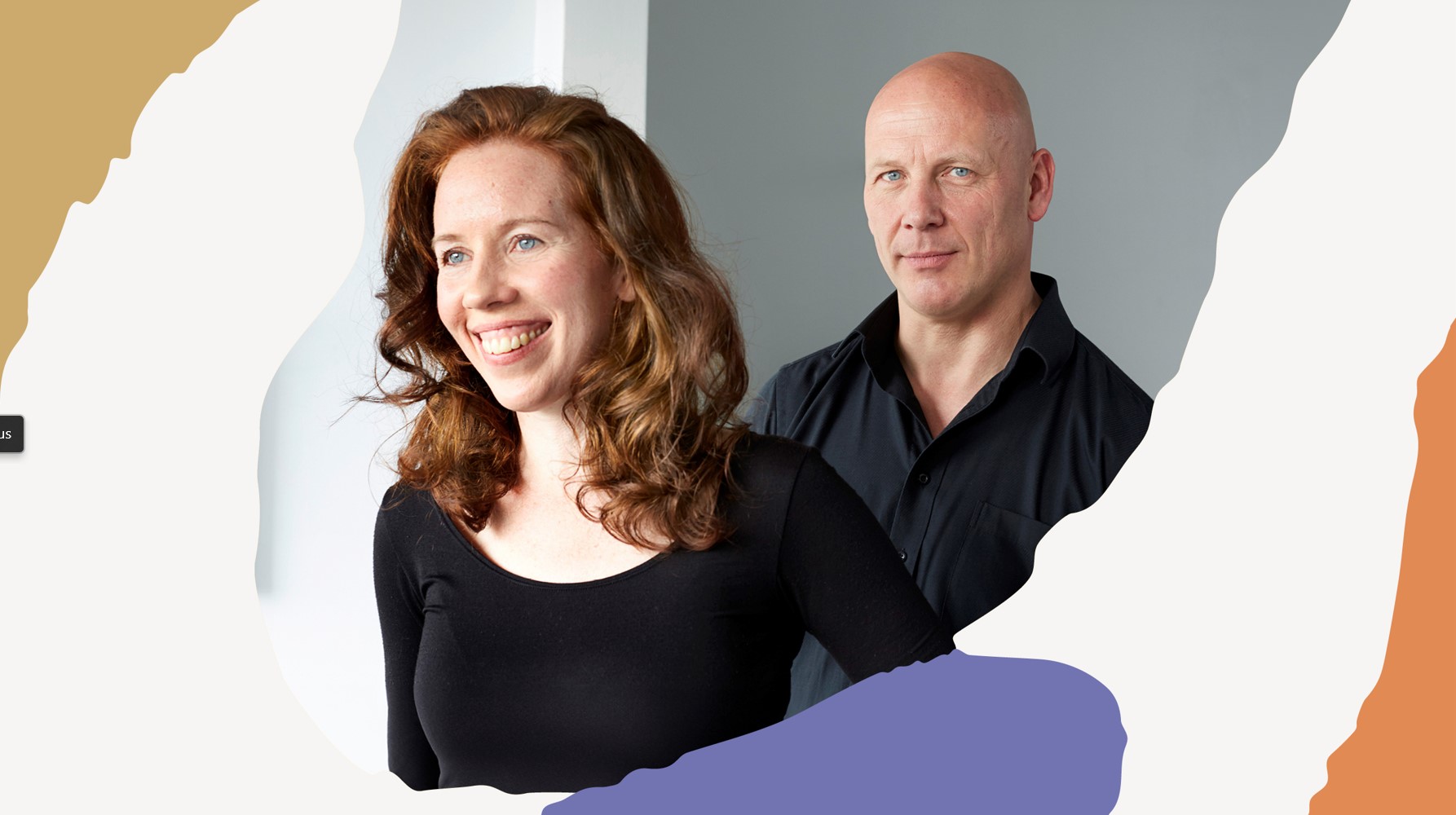Billed as a ‘Requiem born anew for Australia’ award-winning composer and former director of Sydney Chamber Choir, Paul Stanhope, returns to lead the Choir in the world premiere of his Requiem, a masterwork of transcendent beauty and healing leading a program of choral music around themes of mortality, hope, ritual and powerful connection to country.
Paul Stanhope: A New Requiem will be presented, on the eve of Easter, by Sydney Chamber Choir and City Recital Hall.
“Requiems have a fascinating evolution, but new ones are comparatively rare, and certainly take a long time to compose!” says conductor/composer Paul Stanhope. In anticipation of the world premiere of this work classikON asked Stanhope a few questions about his inspiration for the new work and this exquisite concert program…
classikON: We’re keen to understand more about the Requiem as an art form and whether there was any particular political or personal significance in writing this one. Can you elaborate?
Stanhope: “In every century, the Requiem form has been repurposed to express emblematic themes of its day. Faure, for example, emphasised the notion of consolation in his gentle, chamber-inspired Requiem which leaves out the Dies Irae sequence which is all about the experience of wrath on judgement day. Britten’s War Requiem interleaves settings of war-poetry by Wilfrid Owen with the Latin text settings to underline his own deeply held pacifist views.
Along these lines, my Requiem inserts settings of poetry by Emily Dickinson, Mary Elizabeth Frye and, most importantly, Oodgeroo Noonuccal. The idea is to disrupt elements of the traditional narrative and to juxtapose or superimpose newer texts on top of the traditional Latin Mass for the Dead. This creates a kind of conversation between old and new, which is also present in the music, and sets up tensions which move the piece forward. Three settings of poems by Oodgeroo all around notions of grief, mourning and lost love provide insight from an Indigenous perspective to enrich notions of what a Requiem might be, locating it specifically on country. There is, furthermore, a strong commemorative element to the Requiem with the Sanctus written in memory of Richard Gill and the Kyrie in memory of composer Martin Wesley-Smith.”
classikON: We’re told that this work took twenty years to develop, that’s a long time! What was your initial motivation and has this changed over time?
Stanhope: “In 1999, I wrote a single movement choral piece – a Lux Aeterna from the Requiem texts – in a commemorative work for a young chorister who had sadly died. In the same year, I wrote two settings of poetry by Oodgeroo Noonuccal where grief and mourning are the themes. I didn’t connect the dots between these two pieces at the time. It was only in 2016 when I wrote another commemorative choral piece, a setting of the Agnus Dei which interleaves Mary Elizabeth Frye’s famous poem ‘Do not stand at my grave and weep’ did I think that I had a cornerstone of a Requiem. The actual commission wasn’t formalised until 2018 and at that point I began drawing together some of these completed works and thinking about new movements that could be composed around them. The piece also came much more into focus with the successful text experiment in the Agnus Dei, and I was able to think much more about the dramaturgy of the work as a whole and creating a sense of old and new narratives in conversation. I’ve enriched the textures of the piece with an instrumental ensemble of four wind instruments, harp and percussion, and included soprano and tenor soloists, providing plenty of contrast in what is a substantial work.”

classikON: Your program also includes a new work by Yuin composer Brenda Gifford, Mary Finsterer’s elegy When soft voices die decrying the death of a friend and single mother; James MacMillan’s beautiful choral tour de force Miserere; and from the Spanish Renaissance, the funeral motet from Tomas Luis de Victoria’s own sumptuous Requiem.
Can you give us some additional insights into your inspiration for choosing these works?
Stanhope: “The music all revolves around similar themes – grief, mourning, mortality, ritual and a sense of place. I’m thrilled that Brenda Gifford’s piece Mother Earth / Minga Bagan will be in the program which really enriches the other themes around respecting and celebrating Indigenous culture. Brenda is a Yuin woman, and a composer currently participating in the Sydney Conservatorium’s Composing Women’s Fellowship and her work is about celebrating Mother Earth and connecting to it.
Victoria’s exquisite Verse est in luctum is a funeral motet from his ‘Office for the Dead’ (otherwise known as his Requiem) and sets a yearning text which begins ‘My harp is tuned to mourning’. Given that there is a harp in my Requiem, this piece was irresistible. It’s also heart-stoppingly beautiful.
I’m also glad to be giving the second performance (far more important than the first!) of Mary Finsterer’s delicate setting When soft voices die which commemorates a dear friend who had lost her life. The piece also features the beautiful sounds of the cor anglais (English horn) which fits well with the wind textures of my own piece.
James MacMillan’s superb Miserere which sets the famous Psalm 50 text ‘Have mercy upon me O Lord’, well known in the soaring version by Allegri. I conducted the choir in this piece in my final concert as Music Director, and I’m so pleased to be performing it again. It references elements of traditional Italian chant, while locating the experience on country through its use of an elegiac Scottish folk song at its beginning and end. The effect is incredibly moving, I find.”
classikON: I have to ask about the elephant in the room… While we are all hoping for changes soon it seems choirs are particularly disadvantaged by the current NSW Health guidelines – how is this effecting your preparation?
Stanhope: “This is a difficult topic. Sydney Chamber Choir is soldiering on through rehearsing with masks on, using lots of distancing and other elements in a Covid-safe plan. It is difficult for the choir to hear each other and for me to properly get a sense of the sound. We’re doing our best in the current circumstances and looking at some outdoor rehearsals as a possibility. The choir put on a very successful concert in the Sydney Festival under the leadership of Sam Allchurch, who led the group admirably.”
“It’s a joy to be back amongst these wonderful voices in Sydney Chamber Choir – one always reaching for new challenges.”
_________________
Paul Stanhope was Music Director of the Choir in 2006-2015 and is Associate Professor of Composition and Artistic Director of Choral Programs at the Sydney Conservatorium of Music as well as Artistic Chair of the Australia Ensemble at UNSW.
The Sydney Chamber Choir will be joined by the Sydney Symphony Orchestra Fellows, percussionist Jess Ciampa, harpist Emily Granger with soprano Chloe Lankshear and tenor Richard Butler.
Paul Stanhope: A New Requiem | City Recital Hall at 7.30pm on Saturday, 13 March 2021.


